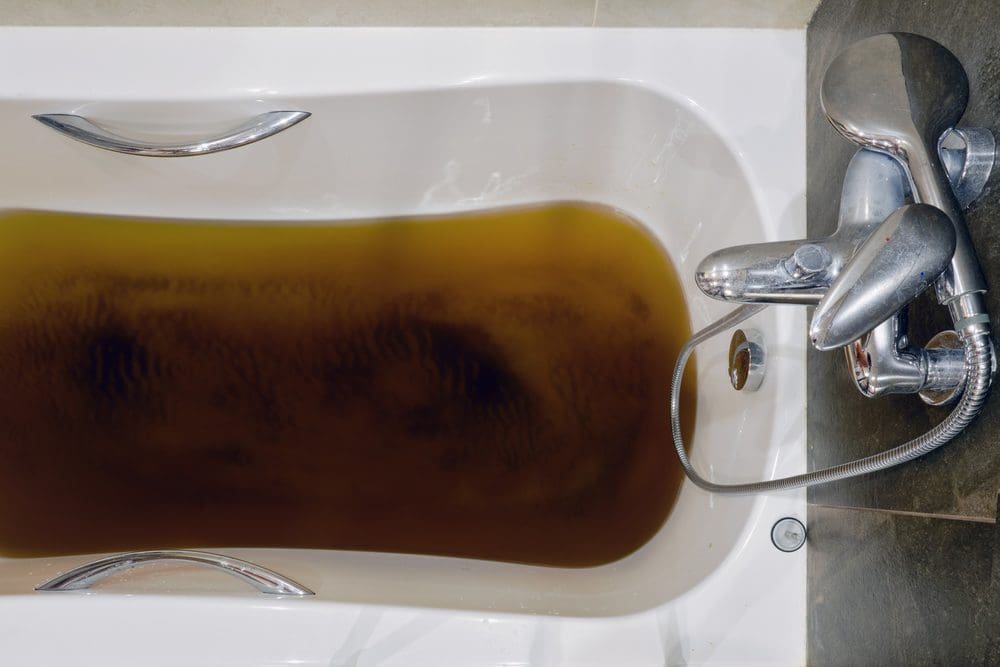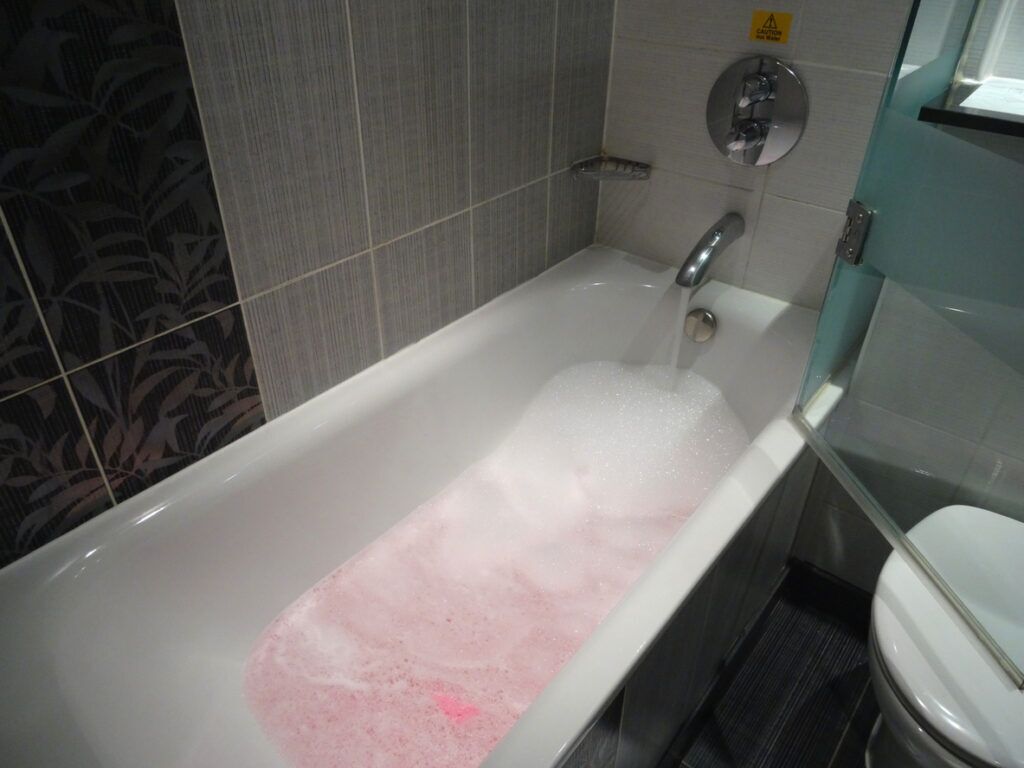Identifying the Causes of Effluent in the Bathtub
Identifying the Causes of Effluent in the Bathtub
Blog Article
Everyone will have their own notions about Why sewage is coming up through your bathtub.

Sewer back-up in the bathtub can be an upsetting and unhygienic trouble for any house owner. Not only is it inconvenient, however it likewise positions severe health dangers and suggests underlying concerns with the plumbing system. Comprehending why sewage is showing up through the bath tub is crucial for taking appropriate activity to attend to the issue properly.
Introduction to the Concern
Common Factors for Sewage Backup
Obstructions in the Sewer Line
One of one of the most typical causes of sewer backup is a clog in the drain line. This can occur as a result of the build-up of particles, oil, or international objects in the pipes, protecting against appropriate flow and creating sewage to back up right into your bathtub.
Tree Root Intrusion
Tree roots seeking wetness and nutrients can penetrate sewer lines with tiny fractures or joints. With time, these roots can expand and increase, causing considerable damages to the pipes and resulting in sewer back-up concerns.
Recognizing the Issue
When sewage starts backing up right into the bath tub, it's a clear indicator of a trouble with the water drainage system. The wastewater that needs to be moving away from your home is instead locating its way back right into your home, which can lead to substantial damage and carcinogen.
Prospective Causes
Several variables can add to sewage back-up in the bath tub. From blockages in the sewage system line to problems with the plumbing infrastructure, recognizing the source is important for discovering a remedy.
Aging Infrastructure
Older homes might have obsoleted plumbing systems that are extra vulnerable to corrosion, fractures, and wear and tear. As pipes age, they end up being extra susceptible to leakages and blockages, raising the likelihood of sewage back-up incidents.
Heavy Rainfall or Flooding
During periods of heavy rainfall or flooding, the sewer system may become overwhelmed with excess water, triggering backups and overflows. This can result in sewer supporting right into bathtubs and other fixtures inside the home.
Indications of Sewage Back-up
Foul Odors
Unpleasant smells originating from drains pipes or fixtures, especially in the restroom, may show sewer backup concerns. These smells are usually strong and persistent, signifying an issue that requires immediate focus.
Slow Draining Fixtures
Tubs, sinks, and bathrooms that drain slowly or otherwise in any way could be experiencing sewer backup. If several fixtures are impacted all at once, it's likely that the problem stems from a common factor, such as the main drain line.
Gurgling Sounds
Odd gurgling or gurgling noises coming from drains pipes when water is running elsewhere in the house are a sign of air entraped in the plumbing system. This air build-up can result from sewer backup and need to be checked out quickly.
Health Threats Connected With Sewer Backup
Contamination of Water System
Sewage backup can pollute the water supply in your home, presenting a significant health danger to you and your family members. Direct exposure to contaminated water can result in stomach problems, skin infections, and other illnesses.
Mold and mildew Growth
Wetness from sewer back-up can develop optimal conditions for mold growth in your home. Mold spores can intensify breathing problems and trigger allergies in sensitive individuals, making punctual cleanup vital.
Spread of Disease
Sewer has hazardous bacteria, viruses, and bloodsuckers that can trigger a series of conditions, including liver disease, cholera, and gastroenteritis. Coming into contact with sewer or infected surface areas places you in jeopardy of infection.
Cleaning Up After Sewage Back-up
Sanitation Procedures
Thoroughly decontaminate and sterilize influenced locations after sewage back-up to remove hazardous microorganisms and stop mold and mildew growth. Usage appropriate cleansing products and safety equipment to guarantee risk-free and effective cleanup.
Restoration of Influenced Areas
Repair any damages to floor covering, wall surfaces, or components brought on by sewer backup. Depending upon the level of the damage, you may need to change carpets, drywall, or other products to recover your home to its pre-loss condition.
Immediate Actions to Take
Switching Off Water Supply
In case of sewage backup, it's important to shut off the water to stop more contamination and damage. Find the major water shutoff valve in your house and shut it off till the problem can be fixed.
Getting In Touch With a Specialist Plumber
Managing sewer backup is not a do it yourself work. Call a qualified plumber with experience in dealing with sewage-related concerns to analyze the circumstance and perform essential repairs or cleanings.
Preventing Contact with Contaminated Water
Till the sewer backup is settled, avoid contact with polluted water to stop the spread of bacteria and microorganisms. Use protective gear if you have to be in the damaged location and clean your hands extensively later.
Safety nets
Normal Maintenance of Sewer Lines
Arrange routine evaluations and maintenance of your sewer lines to recognize and address prospective issues prior to they rise into significant issues. This can consist of cleaning debris, inspecting for tree origin intrusion, and fixing any broken pipes.
Installing Backwater Valves
Take into consideration setting up backwater shutoffs in your plumbing system to avoid sewer from receding into your home throughout durations of heavy rainfall or flooding. These shutoffs automatically close when water draws back up, securing your home from contamination.
Appropriate Disposal of Family Waste
Prevent purging anything apart from toilet tissue and human waste down the toilet to avoid obstructions and blockages in the drain line. Dispose of grease, oil, and various other household chemicals correctly to minimize the threat of plumbing problems.
Why is Sewage Coming Up Through Your Bathtub?
Reasons You May Have Sewage in Your Bathtub
All the drains in your home lead down different pipes to get to the main sewer line. If you’re seeing sewage in the bathtub, the problem is that the main sewer line is clogged up, which is causing the water running through other drains to be pushed back into other pipes. The problem isn’t the bathtub, but the main line. The sewer line can get backed up by anything that goes down the drain, from food waste, hair and soap particles to jewelry or children’s toys. Tree branches or dirt can also impact the sewer line. If you’re seeing sewage in the bathtub, you have a big problem that usually needs a professional plumber. Trying to fix this problem without the right tools or knowledge can lead to bigger plumbing problems.
Fixing a Clogged Sewage Line
Although you shouldn’t try to fix the clogged sewer line on your own, you may be able to mitigate the issue until you can get a plumber to your home. A plunger isn’t going to help, because it won’t be able to reach the sewage drain to unblock the problem.
Turn Off Water
Find the main shutoff valve to your home to turn off the water. This prevents more water from going down the drain which is only going to flow back into your bathtub.
Snake the Toilet and Drain
Start by using a drain pipe snake to clean out the toilet drain. Rotate the snake clockwise when you push the snake down. As you pull it out, the snake should spin counterclockwise. Follow up by snaking out the bathtub drain. If you are successful, both the toilet and shower will drain efficiently. If you’re not successful, you probably have a bigger problem than your tools and experience can manage.
Contact a Professional Plumber
Pros have the tools to find the source of the problem and the experience to manage big blockages without causing more damage to your pipes. It can save you a lot of stress by contacting the professionals sooner rather than later.
Identify the Early Signs of a Clogged Sewage Line
If you’re gearing up for a holiday family gathering or just want to avoid the hassle of a clogged sewage line in your home, make sure you recognize the signs of a clogged sewer line.
Slow drains are a sign of a sewer line problem. Gurgling drains from any drain in your home indicate that you may have an obstruction in the drains. If your toilet keeps getting clogged, it might be a problem with the sewer line. When you see laundry water or water from the dishwasher in different sinks in the home, it’s an indication that your sewer drain is beginning to get backed up. These symptoms can often be “fixed” temporarily to get through a day or week before you start seeing the same problem. When it comes to plumbing problems, you want to fix the root of the problem instead of muddling through. The clog will not go away on its own.
https://handymanconnection.com/mississauga/articles/why-is-sewage-coming-up-through-your-bathtub/

I'm very enthusiastic about Water Coming up Bathtub Drain and I really hope you liked the new blog entry. Sharing is good. One never knows, you may be helping someone out. Bless you for your time. Please visit our website back soon.
Call Today
Report this page